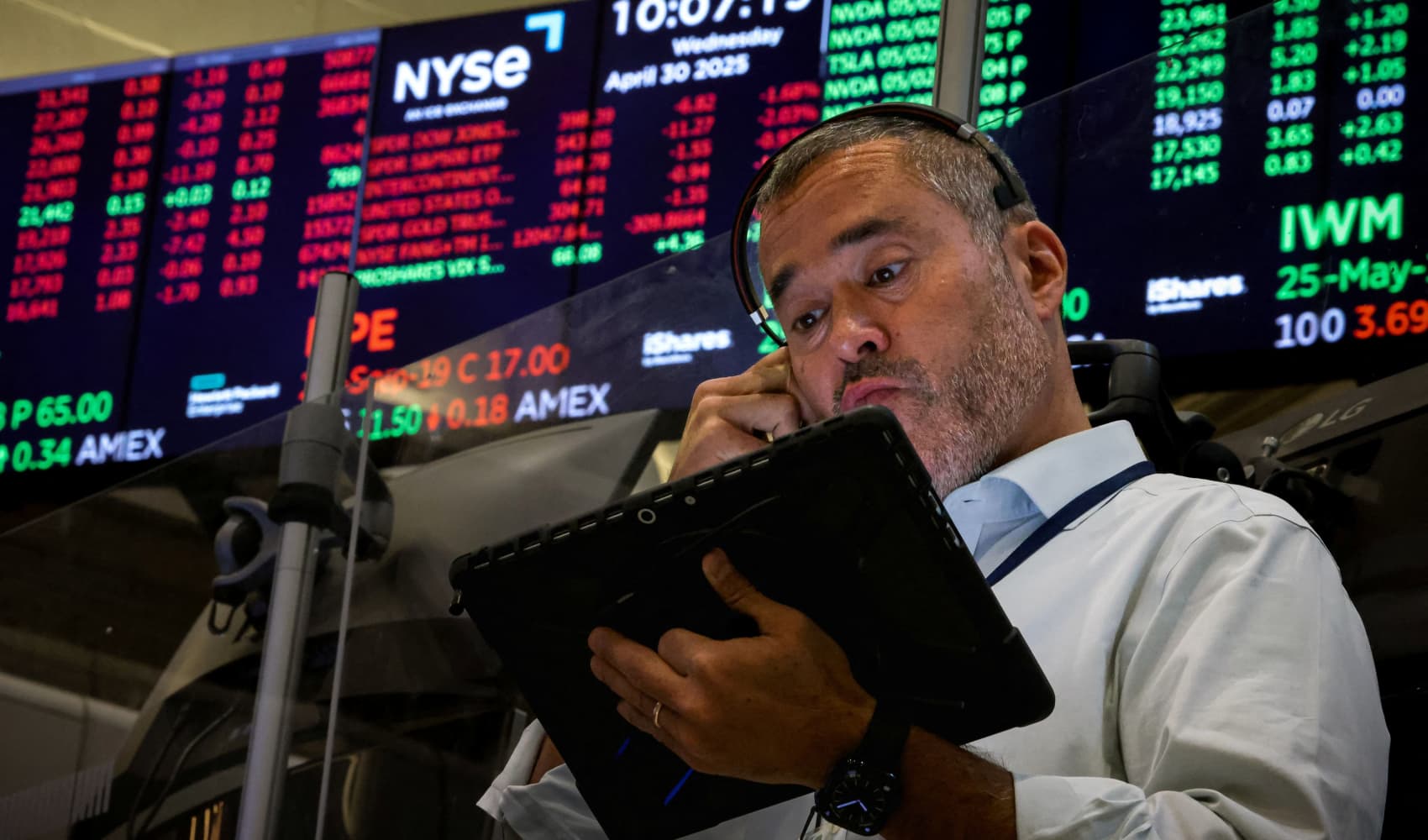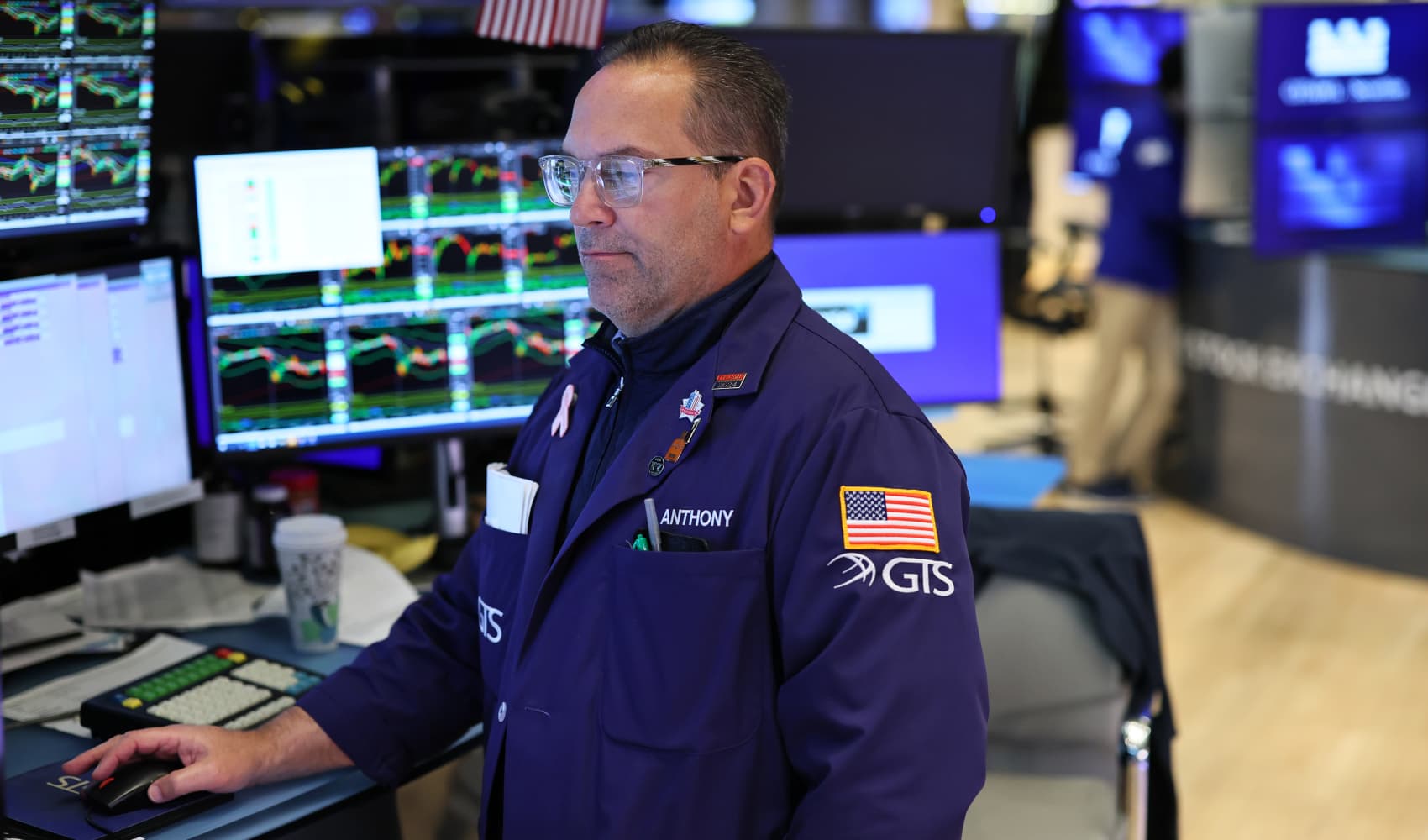Treasury Yields Rise: Decoding Inflation & Spending News
Decoding Treasury Yields: Inflation Jitters and Spending Signals
Introduction: What's Moving the Market?
Ever felt like you're trying to decipher a secret language when looking at the economy? Well, U.S. Treasury yields are one of those key indicators that can tell us a lot about what's going on. On Wednesday, those yields nudged higher as investors, like us, were busy trying to figure out two big things: inflation and what's happening with government spending. Think of it like trying to balance two plates on a stick – keep your eye on both!
Treasury Yields: A Quick Snapshot
Let's break down the numbers. The 10-year Treasury yield increased by 3.7 basis points, settling at 4.536%. Meanwhile, the 2-year Treasury yield rose by 4.2 basis points to 4.059%. What does this mean in plain English? It suggests a slight increase in the perceived risk or expectation of future interest rate hikes.
Understanding Basis Points
Just so we’re clear, one basis point is equal to 0.01%. It's like measuring something in millimeters instead of inches – it gives us a more precise reading of the market's movements.
The Inverse Relationship: Yields and Prices
Here’s a fundamental rule: yields and prices move in opposite directions. When yields go up, prices go down, and vice versa. Think of it like a seesaw – one goes up, the other goes down.
Inflation's Shadow: Is It Cooling Down?
Worries about the impact of tariffs on the U.S. economy were a bit calmer on Wednesday. Why? Because the inflation figures released on Tuesday were slightly better than expected. The data hinted that prices hadn't soared as much as anticipated. It's like a small sigh of relief after holding your breath underwater.
The Consumer Price Index (CPI): A Key Indicator
The consumer price index (CPI) for April rose 2.3% on an annual basis, which was below the 2.4% increase that economists had predicted. This is important because the CPI measures the average change over time in the prices paid by urban consumers for a basket of consumer goods and services. It's a key indicator of inflation.
Looking Ahead: Data to Watch
The economic drama isn't over yet! Investors are eagerly waiting for more clues about the economy's direction.
Producer Price Index (PPI): Will It Calm Fears?
All eyes are now on the producer price index (PPI) report, due out on Thursday. Will it confirm that price pressures are indeed easing? The PPI measures the change in prices received by domestic producers for their output. If it comes in lower than expected, it could further soothe inflation concerns.
Consumer Spending Figures: Are People Still Buying?
Wall Street will also be closely analyzing consumer spending figures, also released on Thursday. Strong consumer spending is a sign of a healthy economy, while weak spending could indicate a slowdown.
Initial Jobless Claims: How's the Job Market Doing?
Finally, investors will be keeping an eye on initial jobless claims. A rise in claims could signal that the labor market is weakening, which could also weigh on economic growth.
The Fed's Next Move: Will They Hike Rates?
All this data feeds into the big question: What will the Federal Reserve do next? Will they continue to raise interest rates to combat inflation, or will they pause or even cut rates to support economic growth? It's a guessing game that everyone in the financial world is playing.
Government Spending: The Other Half of the Equation
Beyond inflation, government spending is another significant factor influencing Treasury yields. Increased government borrowing to fund spending can lead to higher yields, as the government needs to attract investors to buy its bonds.
The National Debt: A Growing Concern?
The size of the national debt and the ongoing debates about spending levels are definitely on investors' minds. Are we spending too much? Are we spending in the right areas? These are the questions that policymakers and investors alike are grappling with.
Geopolitical Risks: The Wild Card
Let's not forget about the geopolitical landscape. Global events, like trade tensions, political instability, and wars, can all impact Treasury yields. It's like a wild card that can change the game at any moment.
How This Affects You: The Real-World Impact
You might be wondering, "Why should I care about Treasury yields?" Well, these yields have a ripple effect throughout the economy. They influence mortgage rates, corporate borrowing costs, and even the returns on your savings accounts. So, what happens in the Treasury market can directly impact your financial life.
Mortgage Rates: A Direct Connection
Mortgage rates tend to track the 10-year Treasury yield. When the 10-year yield rises, mortgage rates typically follow suit, making it more expensive to buy a home.
Corporate Borrowing: Affecting Business Investments
Higher Treasury yields also increase the cost of borrowing for businesses. This can lead to reduced investment in new projects and slower economic growth.
Conclusion: Key Takeaways
So, what's the bottom line? U.S. Treasury yields are on the move as investors weigh inflation data and await updates on government spending. The CPI offered a hint of relief, but all eyes are now on the PPI, consumer spending figures, and jobless claims. Keep an eye on these economic indicators – they hold the key to understanding where the market is headed.
Frequently Asked Questions (FAQs)
- What are Treasury yields?
- Treasury yields represent the return an investor receives for holding U.S. government debt, such as Treasury bonds. They are a key indicator of investor confidence and expectations for future interest rates and inflation.
- Why are Treasury yields important?
- Treasury yields serve as a benchmark for other interest rates in the economy, including mortgage rates, corporate bond yields, and savings account interest rates. They also reflect investors' expectations for economic growth and inflation.
- How does inflation affect Treasury yields?
- Higher inflation typically leads to higher Treasury yields, as investors demand a higher return to compensate for the erosion of purchasing power. Conversely, lower inflation can lead to lower Treasury yields.
- What is the difference between the 2-year and 10-year Treasury yields?
- The 2-year Treasury yield reflects short-term interest rate expectations, while the 10-year Treasury yield reflects longer-term economic growth and inflation expectations. The difference between the two (the "yield curve") can be an indicator of future economic conditions.
- What happens if Treasury yields invert (2-year yield higher than 10-year yield)?
- An inverted yield curve is often seen as a warning sign of a potential recession. It suggests that investors expect short-term interest rates to fall in the future, typically because they anticipate a slowdown in economic growth.

